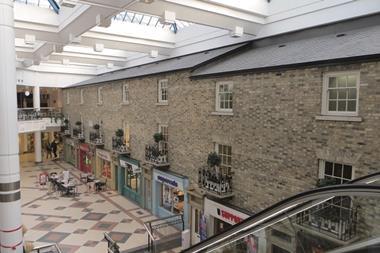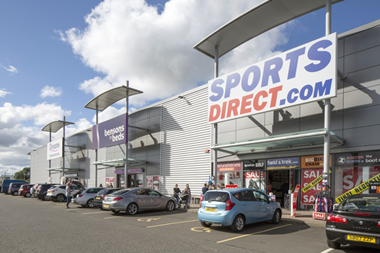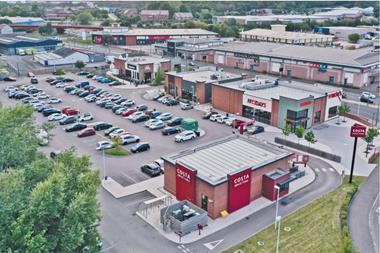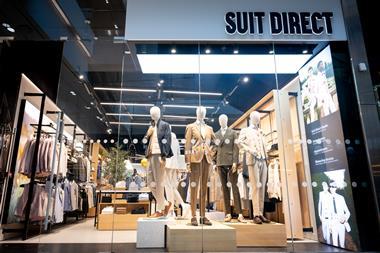In a market where even the venerated John Lewis Partnership can’t turn a profit, who would want to be a retail landlord?

All the CVAs, profit warnings and insolvencies this year make for grim reading and some landlords will undoubtedly struggle to fill the empty shops left by the likes of House of Fraser, New Look and Toys R Us.
To make matters worse, landlords are also coming under fire for contributing to the woes facing the high street. JD Wetherspoon founder Tim Martin makes some valid points about the crippling effects of upward-only and open-market rent reviews.
But there may be light at the end of the tunnel for beleaguered retail investors. The latest IPF Consensus Forecasts report predicts that retail parks will deliver the best total returns of all traditional commercial property subsectors in 2020, 2021 and 2022.
In the face of all the bad news about the retail sector, the main reason many of the industry’s biggest fund managers and advisers are so upbeat about retail parks is the attractive yields on offer. The gap between retail park yields and industrial yields has now become so wide that retail parks look pretty good value.

As we reveal this week, M7 Real Estate is under offer to buy a retail park portfolio at a yield of around 7.15%. By contrast, Knight Frank Investment Management is under offer to buy a multi-let industrial estate at a yield of just 4.3%.
With those sorts of yields, investors have to make pretty optimistic assumptions about industrial rents and equally pessimistic assumptions about retail park rents to continue favouring industrial. As a source close to the M7 deal says, “at the end of the day it is the same tenants as in industrial but at a higher yield”.
Good reasons to invest
There are other good reasons to invest in retail parks. They tend to be home to a lot of bulky-goods retailers that are less vulnerable to the threat of ecommerce than others. They are also particularly well suited to click & collect and could even be used by retailers as last-mile logistics hubs.
Find out more - Bad press fails to dampen out-of-town retail outlook
The same cannot be said of shopping centres, which are currently the ugly ducklings of property investment. However, savvy investors may still be able to pick up a bargain. One great plus-point for shopping centres is that they are in town-centre locations where there are typically plenty of development opportunities.
Lone Star, which is considering selling the remaining assets in its Tiger portfolio, recently struck a deal with NewRiver to sell Grays Shopping Centre and an office next to it in Essex, where plans have been drawn up for a hotel, flats, a gym and a supermarket.
All that development has the potential to add significant value and while NewRiver works up its plans, it can look forward to some healthy income returns. The yield on the shopping centre is 9.4%.
Some shopping centres may look like ugly ducklings but with the right plan they could mature into beautiful swans.
































No comments yet